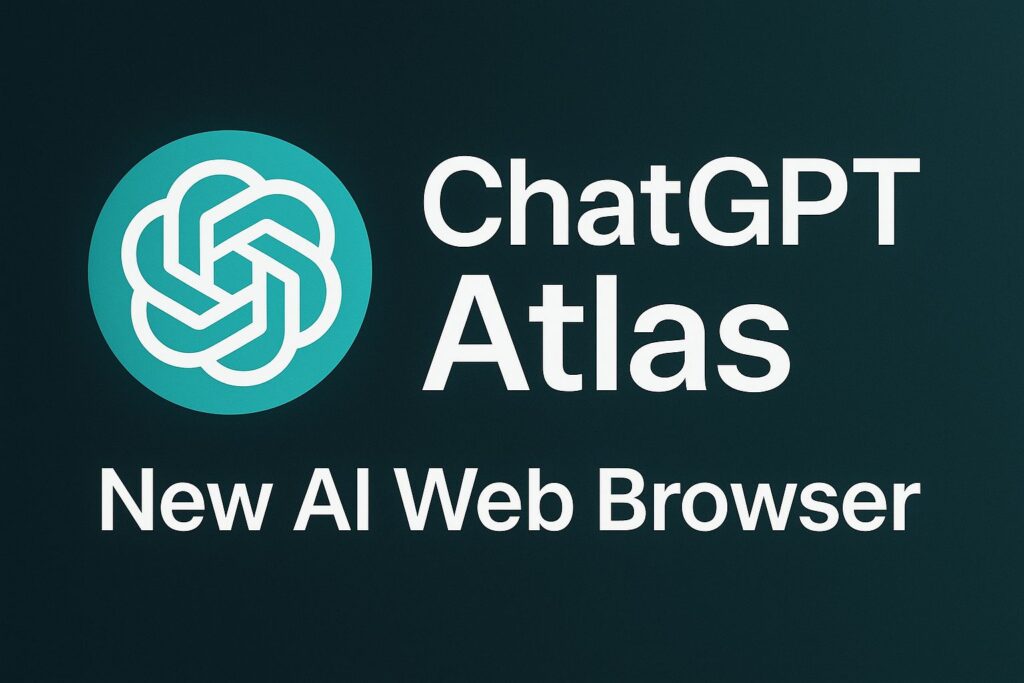What is Artificial Intelligence?
Artificial Intelligence is a vast branch of computer science that focuses on building machines with human-like intelligence. AI, at its core, aims to help machines replicate human intelligence. Algorithms backed by artificial intelligence are designed to make decisions based on real-time data. Unlike machines that act in a predetermined manner, AI-backed machines collect and use inputs from various sources and analyze them to determine the appropriate response.
Artificial Intelligence can be characterized by its ability to learn and make decisions in an adaptive manner. This technology is all about modifying decisions as per the conditions or circumstances. It incorporates changes algorithmically and makes decisions when faced with new possibilities.
What are the branches of Artificial Intelligence?
The main three branches of Artificial intelligence are:
- Machine Learning:Machine learning is one of the most demanding fields in the tech industry. Machine Learning is what gives devices the ability to learn and adapt to new information or conditions without any prior programming. It is the science that allows machines to interpret excuse and examine data for solving problems in real-time. Self-driving cars, recommendation engines, malware filtering, image and speech recognition are some of the applications driven by machine learning. The machine learning algorithm is advanced in terms of recognizing patterns from the existing data and predicting the outcomes accurately with the need for an explicit program.
Robotics: Robotics is a field that combines computer science, mechanical engineering, and software engineering. It forces on designing, developing, and operating robots to perform certain tasks they were produced for. These robots are often built to perform tedious tasks that can be laborious for human beings to perform accurately and uniformly. While a robot is an intelligent body, AI creates a system for it to perform these tasks in a way that is similar to a human performing them.
Natural Language Processing: Machines do not speak the human language and our words and phrases will not be understandable for computers as they only understand code. Natural language processing is an AI-backed technology that allows machines to read, decode and make sense of normal human interaction. These Natural Language Processing systems record human commands and turn them into texts and then later into components to understand the intent of the person and the context. Then processing systems help machines determine what needs to be executed based on the interpreted command.
Types of Artificial Intelligence:
Artificial intelligence can be categorized based on its capabilities and functionalities.
There are three types of Artificial intelligence that fall under the Capabilities criteria:
- Narrow Artificial Intelligence:Also known as weak Artificial Intelligence, Narrow AI concentrates on a single task and its performance is narrowed down to that task. It basically targets one spectrum of cognitive abilities and specialties in them. This type of Artificial intelligence is quite common and can be seen in deep learning and machine learning. Google translate, page ranking algorithms of search engines, spam filtering within email providers, and Apple’s Siri are all examples of Narrow AI. Narrow AI systems tend to excel in certain domains and outperform human beings, however, when faced with conditions outside their range of understanding these systems fail as they cannot shift their knowledge from one area to another. It is great for developing applications that need to operate in predictable environments and where the rules are fixed.
- General Artificial Intelligence:Referred to as strong Artificial Intelligence, General Artificial Intelligence as opposed to Narrow AI has a wider scope as it can learn and perform any intellectual task just like human beings. This type of Artificial Intelligence enables machines to use their knowledge in a variety of conditions. Even now, researchers and specialists have not been able to develop strong AI. In theory, it is the next level of artificial intelligence and many fear that strong AI is a threat to human jobs. Strong AI is characterized by its ability to reason, make quick and accurate judgments, communicate, solve problems and puzzles, and plan. Theorists have argued that Strong AI will be able to go through a development process like human beings, beginning with childlike thinking and ending up developing an adult mind through learning. Another school of thought is that we may not realize when Strong AI has been developed as experts have not yet agreed on what constitutes intelligence.
- Super Artificial Intelligence:Today, Artificial Intelligence is a means to help machines understand and replicate human intelligence while performing certain tasks. However, in the future, many speculate the AI will possess abilities that are far more superior to human intelligence. Super Artificial intelligence just like General Artificial Intelligence is non-existent. It believed that Super AI will be able to surpass human intelligence and perform tasks more efficiently than any person can. It is an evolved version of Strong AI, that can understand and go through human emotions and experiences. Just like a person, Super AI systems will have their own needs, feelings, beliefs, and desires. This type of AI can make its own decisions with no human intervention at all. It has been hypothesized that even the most intelligent human minds cannot compete with the capabilities of super Artificial Intelligence. The potential of Super AI systems seems appealing, however, the consequences of this concept are unknown and can be dangerous to mankind.
In addition to these, there are four more types of Artificial Intelligence under the Functionalities criteria:
- Reactive Machine: Reactive machines are the simplest types of Artificial Intelligence systems that view the world directly and just react to what it observes. These machines do not store any past data or use memory and are purely reactive. These machines cannot utilize their past decisions to make future decisions. Reactive machines have a specific task and cannot work on anything beyond those tasks. The best example of Reactive machines in IBM’s Deep blue that observed the pieces on the chessboard and reacts to them. Deep Blue could defeat chess grandmaster Kasparov. It was only capable of reacting to chess moves and only acts based on the present components. The main characteristic of reactive machines is that no matter how the conditions are, these machines will only act in the way they were programmed, they do not learn and grow over time.
- Limited Memory: Limited memory is just like the machine learning model that derives data from past experiences, and stores information to make decisions in the present scenario. Limited memory learns and grows with experiential knowledge. These systems can store and use data for a limited time period and once they perform the task they cannot store it in a library of their previous experiences. Self-driving cars utilize this limited memory, they keep storing data on the speed limit, speed of other cars, and maps to navigate the roads, but nothing more than that. In simple words, limited memory AI systems have a short-lived memory even though they can use their past data, unlike reactive systems.
- Theory of Mind:Theory of Mind AI systems have a similar decision-making ability to human beings. Today, voice assistants like Siri, Alexa, and Google Assistant showcase some human-like abilities and follow commands accurately, however they cannot converse like normal human beings. Human interactions are mostly social interactions with thoughts and emotions. It is believed that theory of mind AI systems will be able to find, understand and store emotional responses of human beings and will be able to react appropriately. This is an advanced type of Artificial Intelligence that can recognize the rapid emotional and behavioral shifts in people and learn them quickly. Robots like Kismet and Sophia developed in the years 2000 and 2016 respectively, are the perfect examples of theory of mind AI. Developed by Professor Cynthia Breazeal, Kismet, can mimic emotions in terms of human facial expressions, and the humanoid bot Sophia developed by Hanson Robots is physically built like a human being, and her image recognition capabilities help her respond to humans with the right facial expressions.
- Self-Awareness:Self-awareness AI only exists in theory and an imaginary world. These systems will understand internal human traits, conditions, states, and emotions. These machines will be able to perform better than the human mind and will evoke emotions within those it interacts with. They are the ultimate AI development goal. These theories are still being questioned by scientists on whether these AI systems will be as self-aware and conscious as a person.
Differentiating between types of AI helps in understanding what this technology can do. If it’s just good at particular behavior, it’s a narrow or poor AI. If it works in any situation at the same level as a human, it’s a General or Strong AI. And, if it functions well beyond the potential that any person might hope for, it is artificial superintelligence.
In recent years, the ability of AI systems to integrate intentionality, intellect, and adaptability into their algorithms has seen extraordinary advances. AI systems studies the environment as it moves along and integrates a holistic view in its decisions. It improves human efficiency in this way and increases the capacities of people, instead of threatening them as per many doomsday theorists.
Discover more from TechResider Submit AI Tool
Subscribe to get the latest posts sent to your email.







